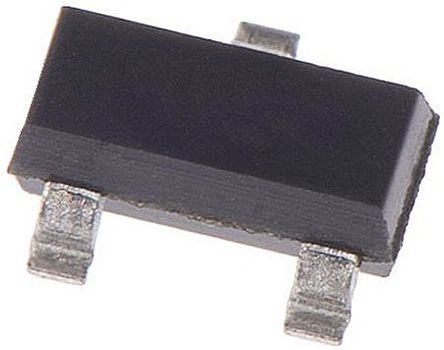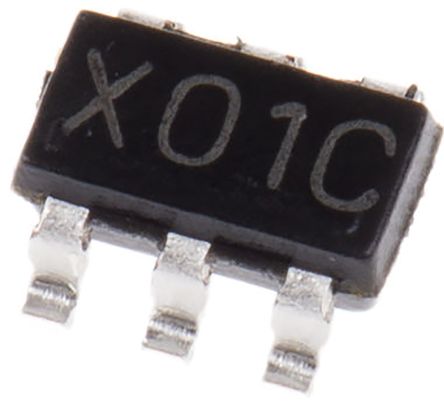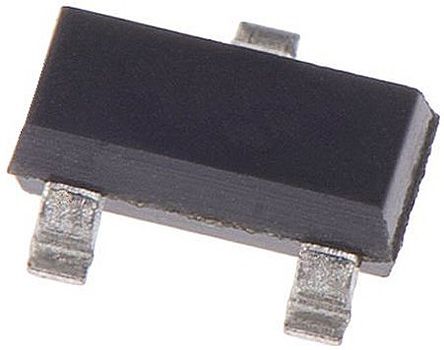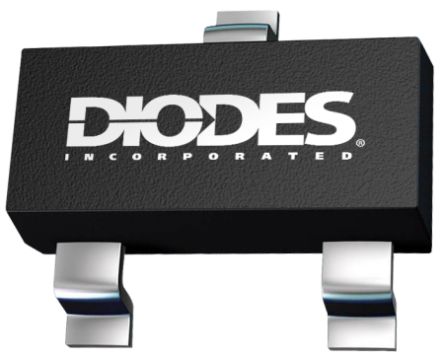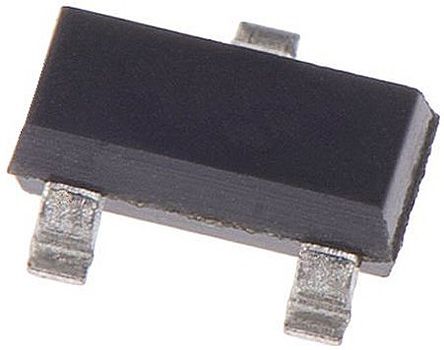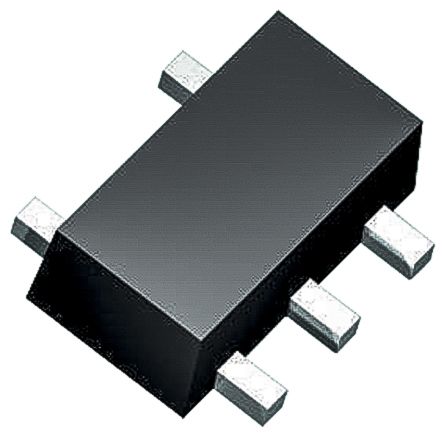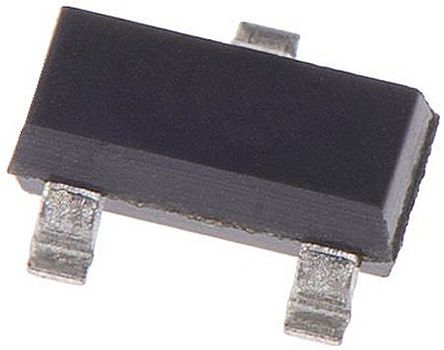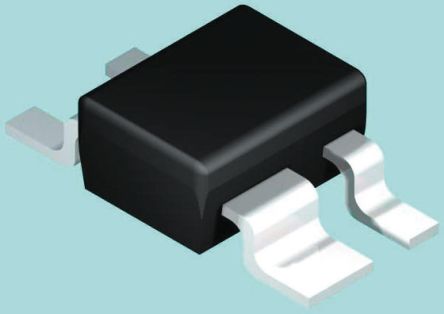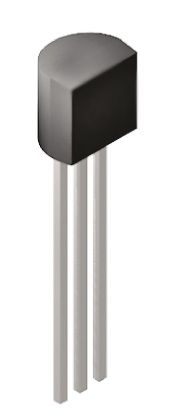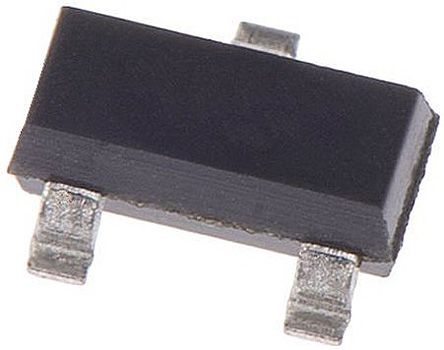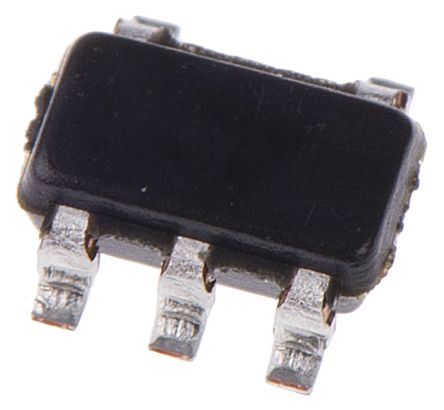- Automation & Control Gear
- Cables & Wires
- Enclosures & Server Racks
- Fuses & Circuit Breakers
- HVAC, Fans & Thermal Management
- Lighting
- Relays & Signal Conditioning
- Switches
- Batteries & Chargers
- Connectors
- Displays & Optoelectronics
- ESD Control, Cleanroom & PCB Prototyping
- Passive Components
- Power Supplies & Transformers
- Raspberry Pi, Arduino, ROCK, STEM Education & Development Tools
- Semiconductors
Voltage Supervisors
Voltage supervisors are integrated circuits (ICs) that monitor or supervise a voltage within an electronic circuit. They are sometimes referred to as voltage monitors or detectors. Voltage supervisors are found in most electronic applications and are used to prevent system failure and ensure correct system power up.
Voltage supervisors have an output signal which is given if the voltage falls outside of the chose parameters. This signal can be used to enable, disable or reset another device. Supervisors are commonly paired with a microprocessor (MPU) or microcontroller (MCU) device, as they often require a specific voltage range. Voltage supervisors can also be used as a fault detector for a sensor.
Types of Voltage Supervisors:
- CMOS voltage detector
- Open drain voltage detector
- Watchdog timer
- Window detector
- Back-up battery supervisor
- Battery monitoring
Things to consider when choosing a voltage supervisor?
- Reset voltage
- Supply voltage
- Number of channels
- Package type
What are processor supervisors?
Processor Supervisors monitor voltage for microprocessors and microcontrollers (MCUs). It is essential that processor parameters are monitored by supervisors to ensure that these parameter boundaries are not exceeded. Exceeding some parameters can result in failure or even a dangerous result.
One of the primary things that a processor supervisor will monitor is voltage. For example, a supervisory circuit monitor may monitor voltages with a threshold of 1.6V to 5V. If the CPU’s circuit voltage falls outside of these limits, the supervisor would create an output signal, for example, a reset output.
